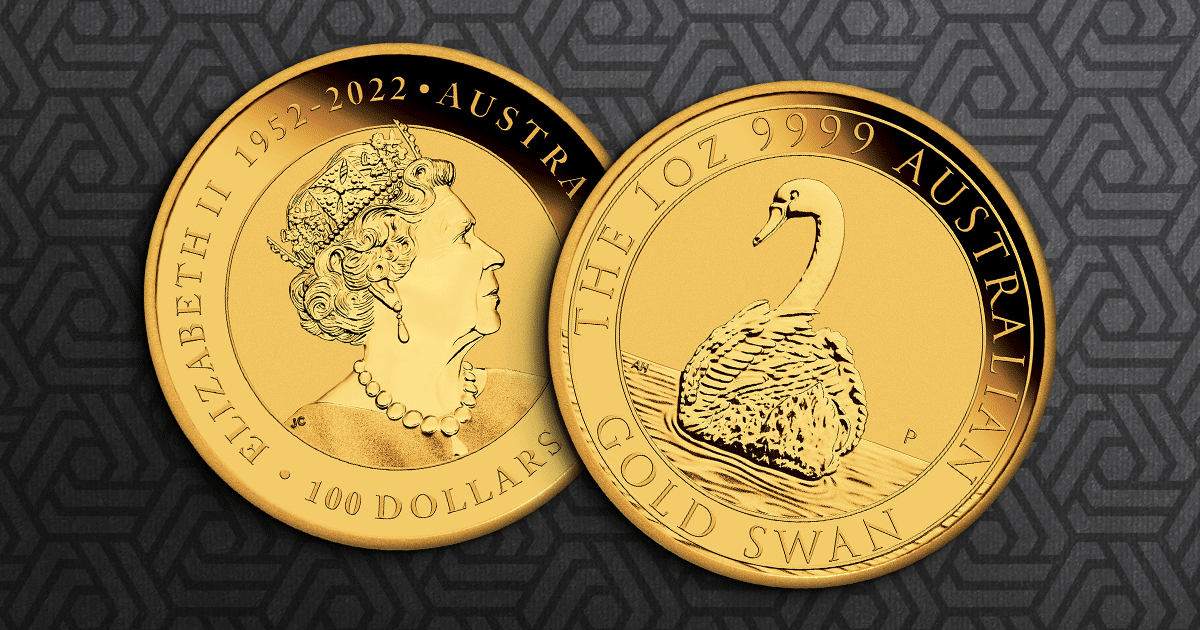
Black swan events are unpredictable incidents that have significant consequences and are beyond what is normally expected. These rare and impactful events can create substantial economic, social, and political upheaval, highlighting the critical need for protective investment strategies to safeguard assets. Nassim Nicholas Taleb popularized the concept in his 2007 book, “The Black Swan: The Impact of the Highly Improbable.” A black swan event can occur in various domains, including economics, science, and technology.
What is a Black Swan Event?
The “Black Swan” concept originates from the writings of Nassim Nicholas Taleb, a finance professor, writer, and former trader. In his book, Taleb discusses the extreme impact of rare and unpredictable outlier events and the how people tend to find simple explanations retrospectively. The term itself is derived from an ancient Western belief that all swans were white, a notion that persisted until black swans were discovered in Australia, overturning centuries of incorrect assumptions.
A black swan event has three primary characteristics:
- Unpredictability: These events are beyond what is usually expected and cannot be easily predicted or anticipated.
- Massive Impact: They exert a profound influence, typically negative, on the economy, society, or both.
- Rationalization After the Fact: After an event, people often claim that it could have been anticipated, using the benefit of hindsight to rationalize the unforeseen.
A black swan event challenges existing norms and models, often resulting in shifts in scientific theories, financial practices, and technological approaches.
Historical Black Swan Events
Black swan events have shaped history through sudden, unexpected turns that were often rationalized only in hindsight. Some black swan events throughout history include:
- The 1929 Stock Market Crash: Often referred to as Black Tuesday, the crash began the Great Depression. It was unforeseen by most economists and investors of the time. During this period, gold maintained its value as the U.S. dollar was still pegged to gold, providing a stable investment compared to the volatile stock market.
- The Fall of the Soviet Union (1991): The dissolution of the Soviet Union came unexpectedly, ending the Cold War era. This event had significant geopolitical consequences that reshaped global political landscapes.
- The 9/11 Attacks (2001): The terrorist attacks on September 11, 2001, were a profound shock to the United States and the world, leading to massive changes in global security policies and the initiation of the War on Terror.
- The 2008 Financial Crisis: Triggered by the collapse of the housing bubble in the United States, this global financial crisis was largely unpredictable and led to significant economic downturns worldwide, resulting in long-term socio-economic repercussions. Gold prices held steady and ultimately climbed during this period as the crisis led to a major flight to safety among investors toward gold. The gold price peaked in 2011 as economies struggled.
- The COVID-19 Pandemic (2019-2020): The coronavirus outbreak in late 2019 led to a global pandemic that modern healthcare systems did not anticipate, causing unprecedented health, economic, and social crises. Gold prices reached new highs in 2020 as investors again turned to gold as a safe haven amid the uncertainty and market volatility caused by the pandemic.
Each of these events was characterized by its sudden onset, severe impact, and widespread inclination to rationalize it as foreseeable only after it had occurred. They underscore the importance of preparing for the improbable and the role of protective strategies in mitigating unexpected shocks.
The Role of Gold During Market Uncertainties
Gold has long been revered as a ‘safe-haven’ asset during economic uncertainty. Its role is particularly pronounced during black swan events, where traditional investments falter. Here’s why gold stands out during turbulent times.
| Attribute | Explanation |
| Historical Stability | Maintained value over centuries; survives wars, economic collapses, and other crises. |
| Inflation Hedge | Prices rise during high inflation, protecting against fiat currency devaluation. |
| Low Correlation | Moves inversely to stocks; provides balance when other assets fall. |
| Liquidity | Gold is highly liquid and can be converted to cash quickly. |
The enduring value of gold and its performance during crises illustrate its importance as part of a diversified investment strategy. Whether a sudden economic downturn or a longer-term systemic crisis, gold can be a protective barrier against the unknown.
How Gold Protects Against Black Swan Events
Gold’s protective qualities during black swan events can be attributed to several mechanisms that help preserve and potentially increase its value when other assets might fail. Here are some strategies and insights on using gold to safeguard your investments during a black swan event:
- Diversification: Gold often moves independently of other financial assets, particularly equities. Adding gold to your investment portfolio can provide diversification, reducing overall portfolio risk.
- Wealth Preservation: Gold products such as gold bars act as a store of value in times of severe economic uncertainty, a crucial attribute when the purchasing power of paper currency is questionable or when other asset classes are losing value.
- Capital Appreciation Potential: During certain black swan events, like financial crises or periods of high inflation, gold retains its value and can also experience significant capital appreciation. Investors often flock to gold, driving its price as they seek safety from volatile markets.
- Accessibility and Options: Investors can hold gold in various forms—bars, coins, gold ETFs (Exchange Traded Funds), and gold mining stocks such as the Global X Gold Explorers ETF, each offering different levels of exposure and risk.
- Psychological Comfort: Beyond its tangible financial benefits, gold provides psychological comfort to investors. Its physicality and historical role as a universal form of currency offer reassurance when other forms of investment seem precarious.
Implementing gold into your investment strategy requires careful consideration of how much and in what form to invest. The key is to balance gold holdings with other assets to create a robust, resilient portfolio capable of withstanding sudden economic shocks.




